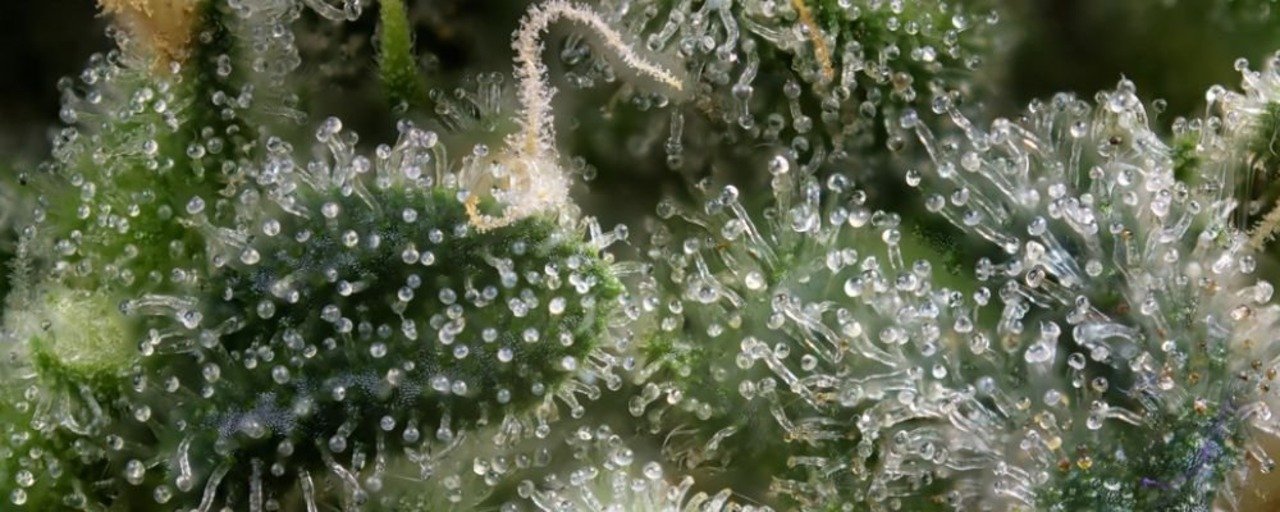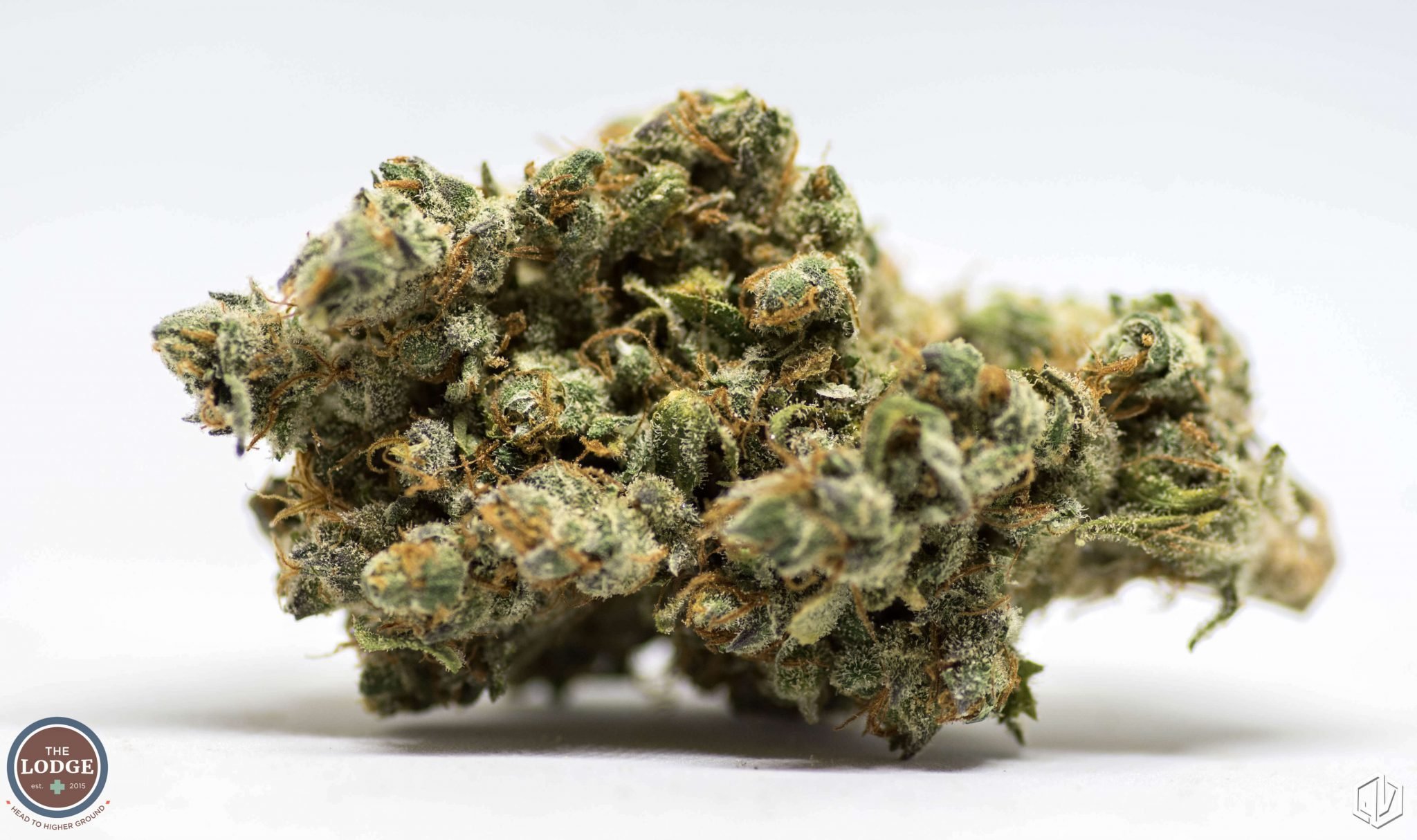Check out our incredible selection! Our Menus
Terpenes

What Are Terpenes and How Do They Affect Cannabis?
Terpenes are the essential oils which increase the psychoactive effect or ‘high’ obtained from marijuana and contain a lot of medicinal benefits. They are often associated with the aromas of citrus, berry, mint, and pine. Terpenes have changed our concept of modern marijuana usage.
Terpenes are the aromatic organic compounds found in plants and some insects. Plants developed terpenes as a defence mechanism to ward off the potential consumers, which might try to ingest them and attract flower pollinators. Cannabis has naturally high levels of terpenes.
The development of terpenes in cannabis plant began as same as other plants with a strong smell; All to repel potential consumer that would eat them and to lure the pollinators that would increase their population by pollination.
Many factors influence a plant’s ability to develop terpenes, which include weather: climate, maturation, fertilizers, time of the day and the type of soil as well.
Cannabis plants are found to have more than 100 different types of terpenes, and every strain makes a different composition and type of the plant. In other words, a strain like cannabis of any kind will always lead to the same type of marijuana.
Why Are Terpenes Important?
The diversity of cannabis flavors is impressive enough, but arguably the best characteristic of terpenes is that it binds synergistically with the other components of the plant to change its composition, just like cannabinoids strain of cannabis. Cannabis varieties have been produced to contain a certain amount of THC, and this procedure has reduced the amount of CBD to trace amounts in the past few decades. This has led many to believe that terpenes play a crucial role in differentiating the effects of various cannabis strains.
Terpenes are aromatic oils with flavours like citrus, berry, mint, and pine.
Terpenes are can also be found in some essential oils like lavender. They can also be seen in high quantities in various essential oils like limonene, which is made by the oil of lemons, alpha and beta-pinene found in the needles of old pine trees needle.
These essential are responsible for the mood stimulation when walking through a place where there are pine trees and lemon trees as they contain terpenes which are responsible for mood uplifting. Similarly, the terpene linalool dominates the essential oil of lavender, and it is known for creating feelings of relaxation and ease. All of these terpenes of relaxation and comfort are found in the cannabis plant.
They affect the psychoactive effect and high while also contributing to the medicinal effects of the cannabis plant. Much of a strain’s flavor and aroma are derived from terpenes, as well.

Some Common terpenes with their effects
Limonene Terpenes
Found in high concentrations in cannabis strains known for their fruity taste and scents, limonene terpenes normally amount to a fifth or less of the weight of a cannabis flower – far less than THC does. One of the more potentially high-impact terpenes, they may work together with the cannabinoids THC and CBD to cause the intoxicating and therapeutic effects for which cannabis is most best-known. There are many everyday items in which we find limonene terpenes, including makeup and fruit. Because of the strong and pleasant scent, people tend to prize these terpenes in cleaning products as well. Contrary to popular belief, not all cannabis strains rich in limonene will smell like citrus. A much more reliable indicator of limonene terpenes than a citrus scent is, in fact, a yellow color tone.
Most commonly, we find limonene terpenes in strains such as Purple Hindu Kush, Tahoe OG, Wedding Cake, Black Cherry Soda, and Banana OG. Among cannabis enthusiasts who are most interested in improving their mood and relieving their stress, limonene terpenes are extremely popular. There are many other potential therapeutic benefits of limonenes, though: it can fight fungi and bacteria, and it can balance out digestion. Some evidence also points to the potential of limonene terpenes to inhibit tumor growth, especially tumors in the breasts and on the skin. Research seems to indicate that these effects only present themselves when people ingest limonene terpenes in much larger amounts than they would even through heavy cannabis usage.
Terpinolene Terpenes
Perhaps the rarest of all the terpenes most commonly identified in cannabis strains, terpinolene terpenes tends to evade clear description. It seems to combine the scents, flavors, and effects of multiple terpenes, acting in different ways in different strains. In some strains, it may smell strongly piney, its herbal scents minor, while in other strains, it may taste of flowers, its piney and herbal notes relegated to a supporting role. In most strains, however, terpinolene terpenes are far from abundant, showing up only in small quantities. The exceptions to this rule include Golden Pineapple, XJ-13, Dutch Treat, and most famously Jack Herer.
Teripinolene terpenes are common in spices such as nutmeg and cumin and in lilacs. Soap and perfume manufacturers will often integrate terpinolene terpenes into their products as well, taking advantage not only of the “clean” impression that its scent leaves behind but also its capacity to fight bacteria and fungi. It may also offer therapeutic benefits for people who are at risk of heart disease and cancer, although scientists have hesitated to draw specific conclusions in these areas. What we can say with a higher degree of certainty is that terpinolene terpenes seem to enhance the euphoria that many people associate with cannabis, complementing the euphoria that some cannabinoids can cause by acting on the endocannabinoid system in our body. Terpinolene terpenes are present at some level (usually small) in hybrid, sativa, and indica strains alike.
Alpha and Beta-Pinene
If you have ever stumbled upon a cannabis that smelled a lot like a Christmas tree, it was almost certainly filled with alpha and beta-pinene. For some people, this is the scent most closely linked with all cannabis, and when they are distinguishing cannabis strains by scent alone, this is the terpene that they are in fact looking for. There is good reason for this as well: terpenes such as pinene develop and emit from cannabis trichomes, which are rich in THC. We also find beta-pinene in abundance in everyday objects like orange peels, pine needles, parsley, basil, dill, and rosemary.
There are many popular cannabis strains rich in alpha and beta-pinene, such as Blue Dream, Grape Ape, Big Smooth, and Cannatonic – all of which are indica strains or hybrid strains. Of these strains, however, Big Smooth is an outlier in that it contains more beta-pinene than it does any other terpene, making it unique in effect, flavor, and scent. Beyond the pleasant aroma and the delicious taste that beta-pinene has to offer, though, there is also evidence of its therapeutic potential. Some people look for cannabis strains rich in beta-pinene in order to treat chronic inflammation, anxiety, chronic pain, and pulmonary issues. On top of all that, it may serve to counteract the memory issues that THC often creates for people who consume cannabis in large quantities.
Beta-Caryophyllene
Frequently occurring in large quantities in cannabis, beta-caryophyllene has garnered close attention in recent years because of a surprise finding: it can activate cannabinoid receptors despite the fact that it is not itself a cannabinoid. This points to the possibility that beta-caryophyllene-rich cannabis strains may be able to offer enhanced effects beyond what their cannabinoids alone would be able to offer. Because of this finding, it has become the “terpene of choice” for enthusiasts and doctors who are most interested in the medicinal and therapeutic benefits of cannabis consumption than on recreational value. Like cannabinoids, it is also safe for consumption in very large amounts, which means that it will not pose a danger at high doses.
In addition to cannabis, beta-caryophyllene will also occur in black pepper, cloves, hops, and rosemary, where it adds to the “kick” that people associate with these spices. If you are someone who pours a lot of pepper on your dinner, for instance, you will probably enjoy the spiciness of a cannabis strain where beta-caryophyllene is in abundance. Some people have started to use cannabis strains rich in beta-caryophyllene to treat their inflammation and pain issues, preventing the brain diseases that these issues can foment over extended periods of time. There is also some evidence that beta-caryophyllene can make positive contribution to the cannabinoid receptors that the immune system uses, boosting overall health and wellness levels. More than one researcher has even pointed to the potential for this terpene to reduce arterial plaque buildup – perhaps offering support to heart disease patients.
Some of the strains beta-caryophyllene is most common are Bubba Kush, Sour Diesel, Chemdog, Gelato, Original Glue, and Cookies and Cream.
Humulene Terpenes
One of the ten most common terpenes found in cannabis, humulene terpenes are particularly fragrant terpenes, which explains their prevalence in such kitchen spices as clove and basil. They are also prevalent, however, in cannabis sativa strains, where they lend the herbal scents that you may notice when you are picking apart a cannabis bud. In addition, they are also responsible for the decrease in hunger that some people experience when they are consuming cannabis – a stark contrast to the appetite-boosting effects that other people associate with cannabis strains that are less rich in humulene terpenes. Cannabis enthusiasts who intend to use cannabis in the long term for its therapeutic effects but who wish to avoid an increase in hunger levels would be wise to consider strains where humulene terpenes are in abundance.
There are many potential uses for humulene terpenes. These include fighting bacteria, decreasing inflammation, and helping prevent tumor growth. Many of the most world-famous cannabis strains offer high concentrations of humulene terpenes, such as White Widow, Girl Scout Cookies, Skywalker OG, Sour Diesel, and Headband. These are, of course, also among the most famous pure sativa strains, which points to a strong correlation between sativas and humulenes. Anyone who enjoys the “head high” commonly associated with sativas will, therefore, be likely to appreciate the sharp scent of humulene terpenes – much more similar to a kitchen spice rack than to a fruit tree.

Conclusions on the main properties of the terpenes
- Limonene: Commonly found in citrus plants, it is a known anti-depressant and highly energetic.
- Terpinolene: It has a woody or smokey smell making it an antioxidant while also slightly sedating.
- Alpha and Beta-Pinene: Therapeutic and energetic, this kind of terpene is commonly found in pine needles. This terpenoid is responsible for uplifting your mood when you pass through a pine forest.
- Beta-Caryophyllene: It is an anti-inflammatory terpene with Gastroprotective effects and a peppery and woody taste.
- Humulene: It’s is the main ingredient found in hops and it is a potent hunger suppressing agent while also, possesses anti-inflammatory effects.
- Myrcene: It is the commonest kind of terpene found in marijuana. It has a high sleep-inducing effect.
